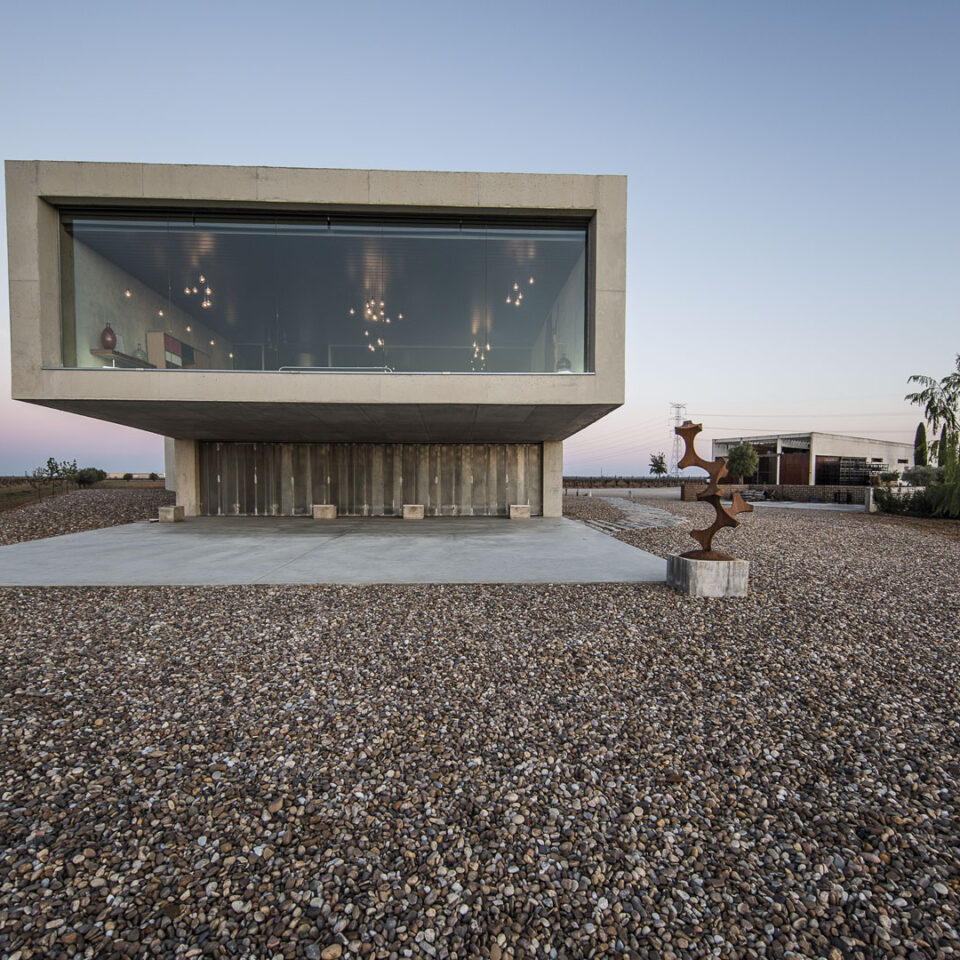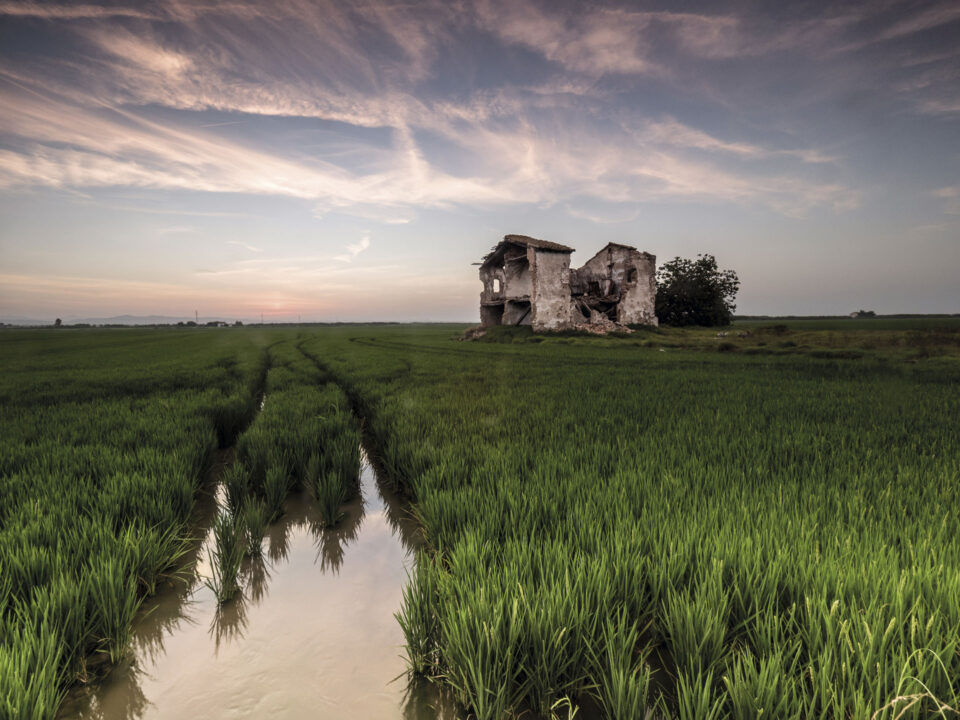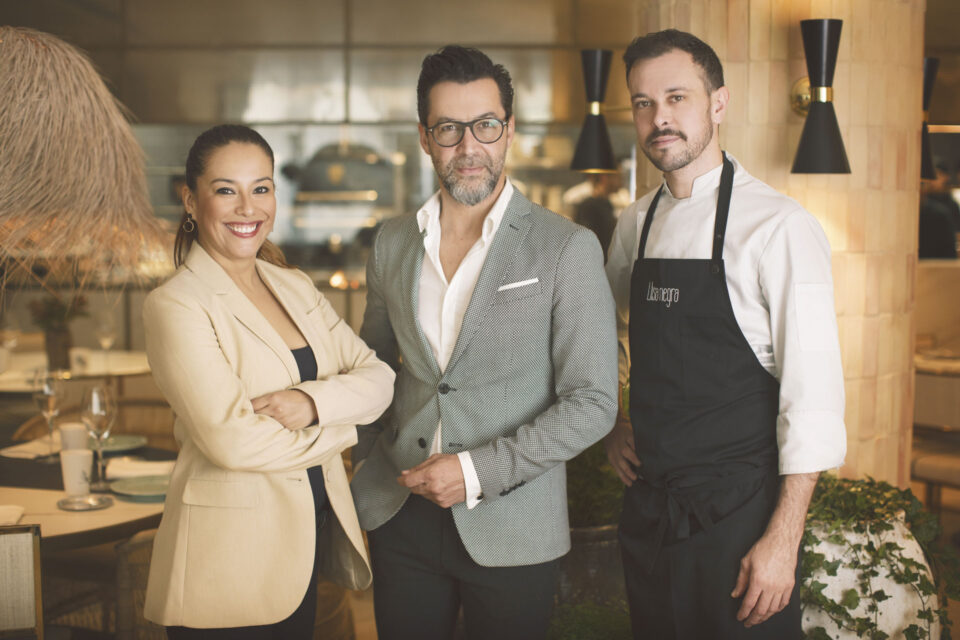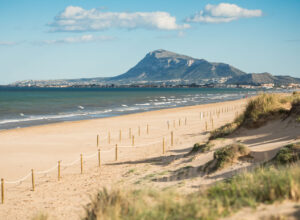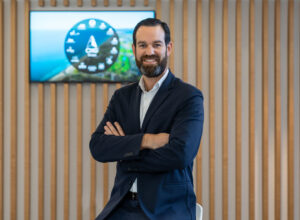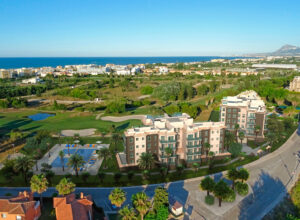The Spanish “white” revolution
If there is someone who unconditionally believed on the possibilities of the grape from Rueda from the very beginning, this is Didier Belondrade. In the mid-90s and with the help of the prestigious wine expert Jacques Lurton, he inaugurated the chapter of the barrel fermented Verdejo wines with his flagship wine, Belondrade & Lurton. This model ended up inspiring the top wines of the wineries in the area. The owner of the winery, an Air France former executive in love with Spain, understood it as “a different interpretation of Verdejo wine grape”. After an ageing process of 10 months in French oak and 5 months in the bottle, the result is a complex but fine wine. Thanks to the level of demand and the wine-making practices of the most prestigious areas in France, it is a luminous and different white wine awarded year after year as one of the best white wines in the country.
When Didier Belondrade settled right in the wasteland of Castile and Leon, his purpose was to make a different white wine. He applied methods from Burgundy but, unlike many of his colleagues, he didn´t use French grapes. He applied the trial-and-error method with the local Verdejo grape to achieve the desired result.
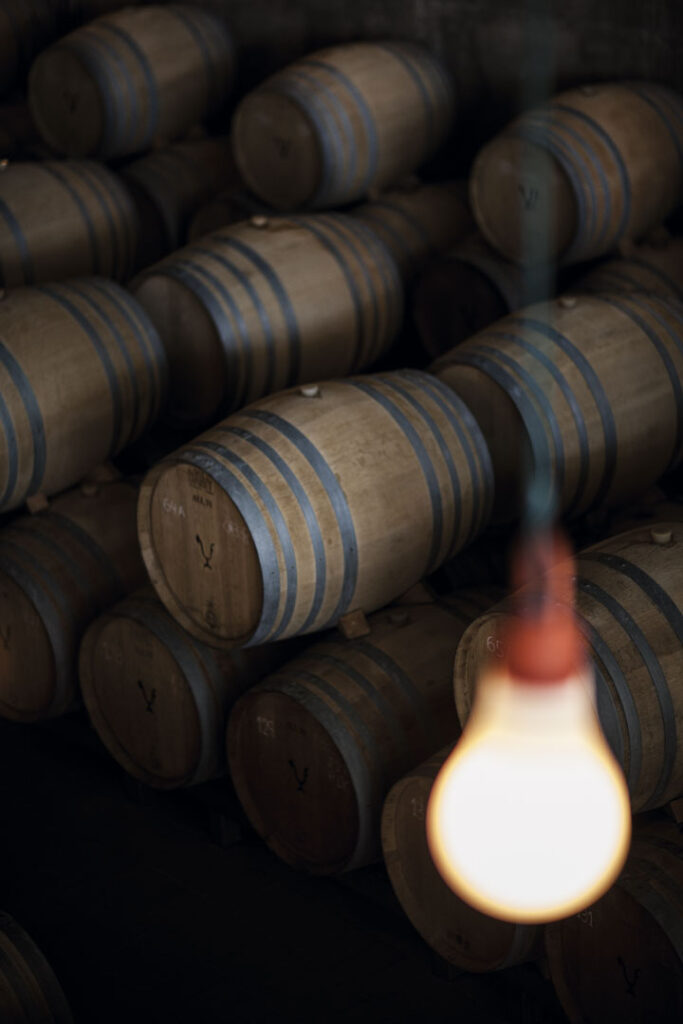
The wine Belondrade & Lurton gathers the characteristics asked for the great white wines: depth and freshness. It’s been a long journey, and the recipe is not simple. He turned it up a notch since 2012. The barrel stopped being the protagonist and gave way to the sober and fine traditional aromas of the Verdejo grape, who have placed it at the tip of the iceberg of the Spanish white wines. Without a doubt, it was the wine that marked a milestone in the production of quality white wines in Spain.
Since his arrival in Spain, Didier Belondrade had a clear objective: making a different wine, which shows his philosophy and personal vision; and he took a risky challenge which he managed to make a reality by betting on the ageing potential of the Verdejo grape. It was about making an “aged wine” which had nothing to do with the typical Rueda wine made until then.
The Belondrade method is based on a series of simple but unchanging rules: respect for nature (the winery has the eco-label in its vineyards since 2010); careful selection of the grape to treat it with the utmost care; development of spontaneous fermentation and aging for almost a year in barrels and for 5 months at least in the bottle. The result of all these factors is the Belondrade & Lurton wine. For Didier, it is much more than a white wine. It is a philosophy. The result is an aged wine, 100% Verdejo grape, fermented and matured on its lees in French oak barrels.
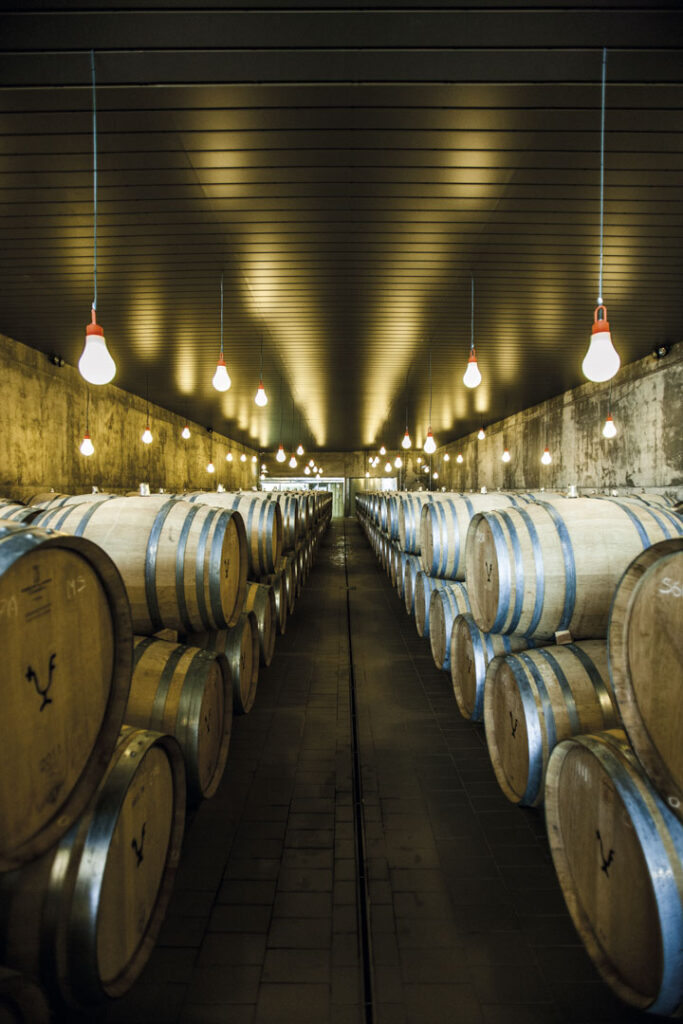
In charge of a perfectionist winery that cares to the last detail in every step of the wine-making process, Didier is proud that people choose their wines to celebrate their moments of happiness. He is a viticulturist rather than a winemaker, that’s why he defends a small portfolio of very well-made wines: his two white wines, Belondrade y Lurton and Belondrade Quinta Apolonia, and his rosé wine, Belondrade Quinta Clarisa.
The sentence of “the wine starts in the vineyard” makes sense for Belondrade. To get it, he decided to buy vineyards in La Seca (Valladolid). It was in 1994 when the history of Belondrade & Lurton starts in rented facilities in Nava del Rey. The turning point came in 2000 when Belondrade opened a new winery in La Seca, designed by the architect Vicent Dufos du Rau.
65% of the production is distributed in Spain and the remaining 35% is exported. You can find Belondrade & Lurton in the four continents, from Hong Kong, through Russia and the United Arab Emirates and right up to Peru.
In a country known for the quality of its red wines, the Spanish white wine is being consolidated thanks to the potential and personality of wines such as Belondrade & Lurton, which confirms that white wine is written in uppercase in Spain too. Didier, its founder, opened a new path. Chapeau.
